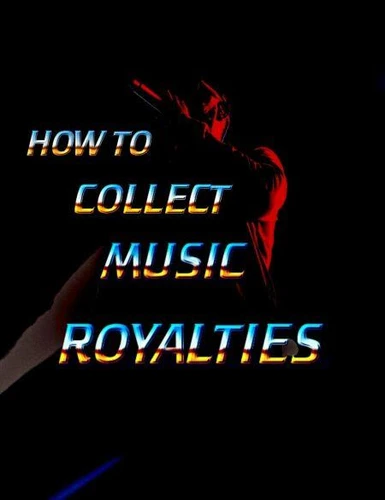How To Collect Music Royalties
Par :Formats :
Disponible dans votre compte client Decitre ou Furet du Nord dès validation de votre commande. Le format ePub est :
- Compatible avec une lecture sur My Vivlio (smartphone, tablette, ordinateur)
- Compatible avec une lecture sur liseuses Vivlio
- Pour les liseuses autres que Vivlio, vous devez utiliser le logiciel Adobe Digital Edition. Non compatible avec la lecture sur les liseuses Kindle, Remarkable et Sony
 , qui est-ce ?
, qui est-ce ?Notre partenaire de plateforme de lecture numérique où vous retrouverez l'ensemble de vos ebooks gratuitement
Pour en savoir plus sur nos ebooks, consultez notre aide en ligne ici
- FormatePub
- ISBN978-1-005-67658-2
- EAN9781005676582
- Date de parution13/09/2021
- Protection num.pas de protection
- Infos supplémentairesepub
- ÉditeurC. C. Chamberlane
Résumé
Throughout the modern pop and rock era, the world of music publishing has undergone numerous changes (from the 1950s to the present). The most significant change has most likely been the gradual shift toward putting power (and most of the money) in the hands of songwriters rather than publishing companies, which used to wield the most power and control. Back in the 1950s, rock and R&B artists would sell their entire copyrights to their labels for around $250 per song.
For this sum of money, they would assign not only their publishing share but also their entire writer's share! One of the major companies I worked for owned the classic hit songs of a big-name '50s star and would lawfully keep 100 percent of the royalties, without having to pay any royalties to the hit writer. In the 1960s, at the very least, songwriters kept their songwriter's share, splitting royalties equally with the publisher.
Because the mechanical royalty rate (for records sold) was only two cents per unit sold, calculating the earnings was simple: one penny for the songwriter and one penny for the publisher.
For this sum of money, they would assign not only their publishing share but also their entire writer's share! One of the major companies I worked for owned the classic hit songs of a big-name '50s star and would lawfully keep 100 percent of the royalties, without having to pay any royalties to the hit writer. In the 1960s, at the very least, songwriters kept their songwriter's share, splitting royalties equally with the publisher.
Because the mechanical royalty rate (for records sold) was only two cents per unit sold, calculating the earnings was simple: one penny for the songwriter and one penny for the publisher.
Throughout the modern pop and rock era, the world of music publishing has undergone numerous changes (from the 1950s to the present). The most significant change has most likely been the gradual shift toward putting power (and most of the money) in the hands of songwriters rather than publishing companies, which used to wield the most power and control. Back in the 1950s, rock and R&B artists would sell their entire copyrights to their labels for around $250 per song.
For this sum of money, they would assign not only their publishing share but also their entire writer's share! One of the major companies I worked for owned the classic hit songs of a big-name '50s star and would lawfully keep 100 percent of the royalties, without having to pay any royalties to the hit writer. In the 1960s, at the very least, songwriters kept their songwriter's share, splitting royalties equally with the publisher.
Because the mechanical royalty rate (for records sold) was only two cents per unit sold, calculating the earnings was simple: one penny for the songwriter and one penny for the publisher.
For this sum of money, they would assign not only their publishing share but also their entire writer's share! One of the major companies I worked for owned the classic hit songs of a big-name '50s star and would lawfully keep 100 percent of the royalties, without having to pay any royalties to the hit writer. In the 1960s, at the very least, songwriters kept their songwriter's share, splitting royalties equally with the publisher.
Because the mechanical royalty rate (for records sold) was only two cents per unit sold, calculating the earnings was simple: one penny for the songwriter and one penny for the publisher.



